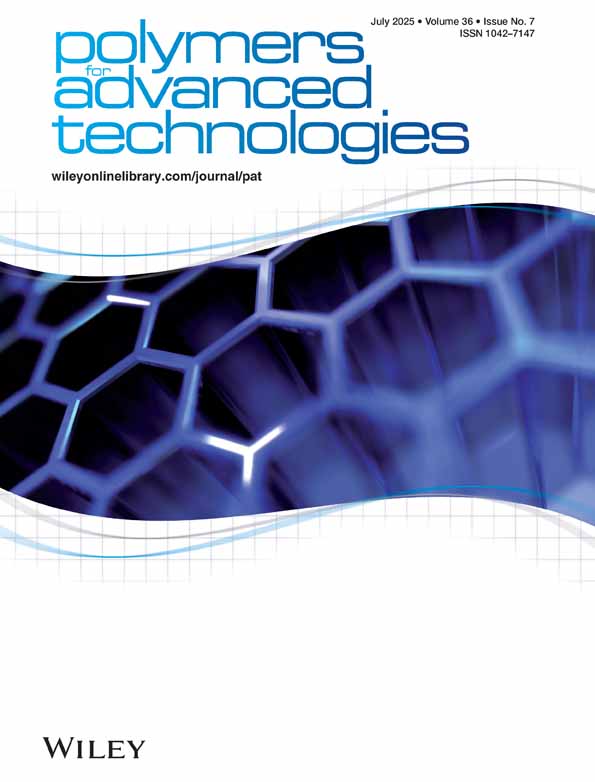Novel efficient DOPO-based flame-retardants for PWB relevant epoxy resins with high glass transition temperatures†
Dedicated to Professor Menachem Lewin on the occasion of his 90th birthday.
Abstract
Novel derivatives of 9,10-dihydro-9-oxa-10-phosphaphenanthrene-10-oxide (DOPO) were obtained by a simple synthetic route and incorporated in epoxy resins, consisting of epoxy novolac (DEN 438), dicyandiamide (DICY), and fenuron. The thermal and fire-retardant properties of DICY-cured DEN 438 epoxy samples containing the novel DOPO-based additives were investigated by differential scanning calorimetry (DSC), thermogravimetric analysis (TGA), and the UL 94 test. The obtained results were compared to those of specimens containing commercially available phosphates as flame-retardants. UL 94 tests showed that nitrogen-containing substituents at the phosphorus atom increase the fire-retardant efficiency of DOPO-based additives. Two nitrogen-substituted DOPO derivatives 4,4′-Diaminodiphenylmethane (DDM)-(DOP)2 and DDM-(DOP)2-S were found to be very powerful fire-retardants in DICY-cured DEN 438 epoxy resins. The V0 rating was achieved at approximately 1% phosphorus in the resin and the glass transition temperature (Tg) was maintained at the high level of the pure DEN 438/DICY epoxy material (Tg = 180–185°C). These novel DOPO derivatives are the first non-reactive additives having no influence on the Tg of the epoxy material. They not only surpass the capabilities of the other additives used in this work, but also those of all commercially available flame-retardants for epoxy resins. Therefore, DDM-(DOP)2 and DDM-(DOP)2-S are expected to be qualified for high-Tg resins commonly used in printed wiring boards (PWB) for high-performance applications. Copyright © 2008 John Wiley & Sons, Ltd.




